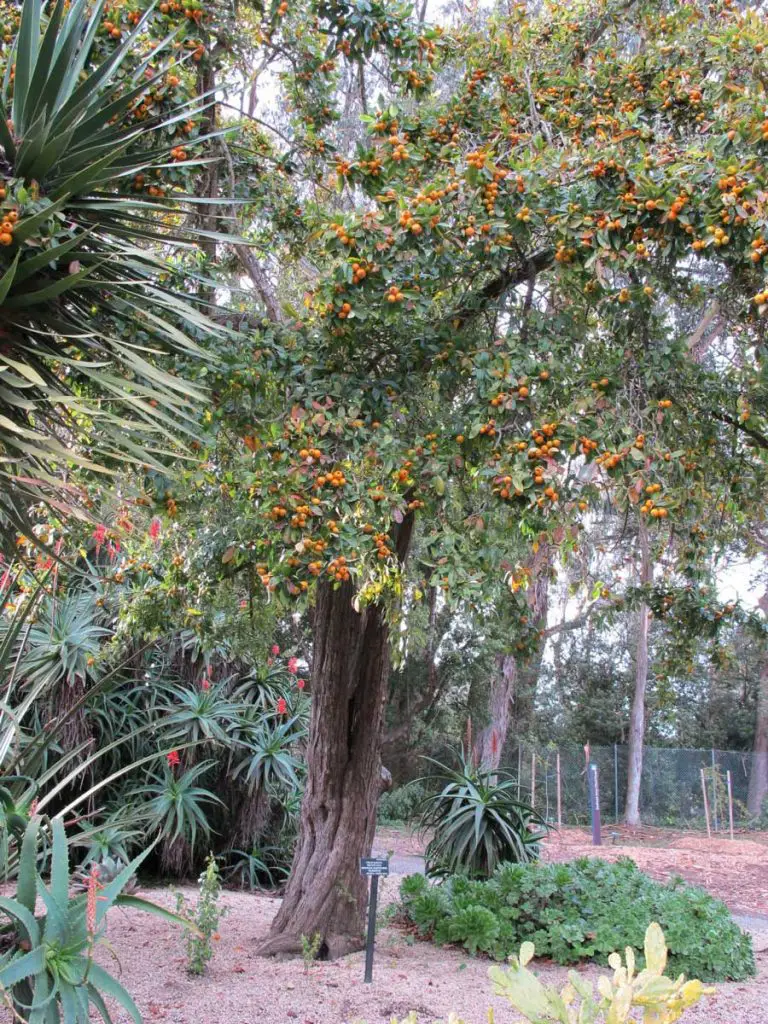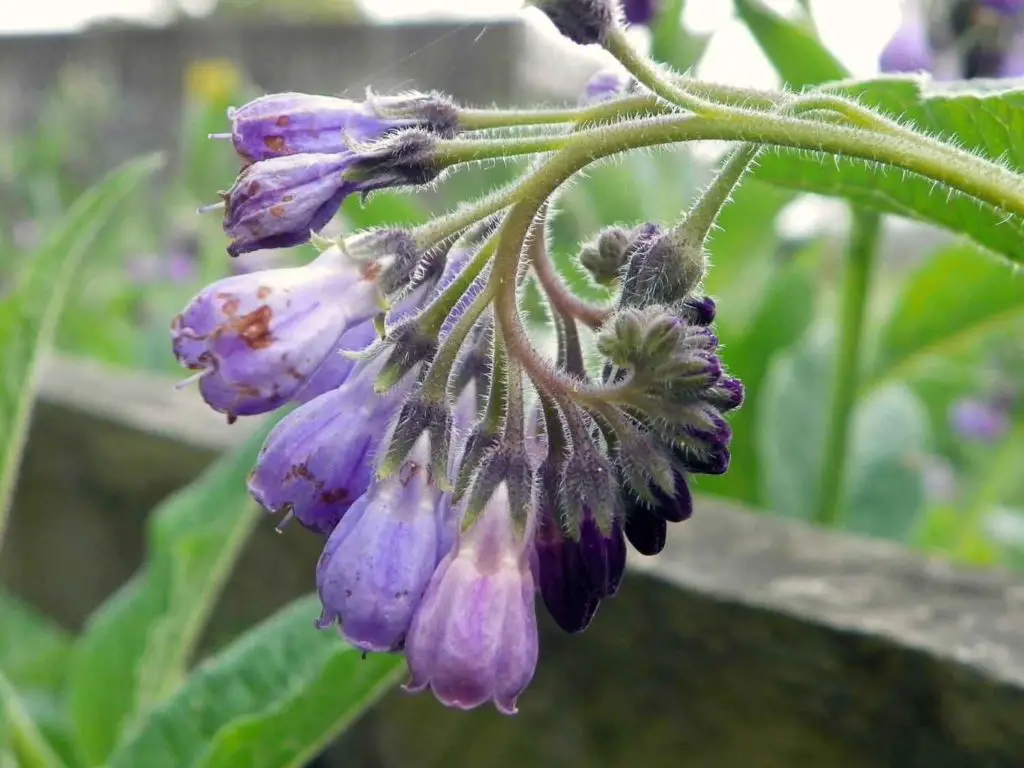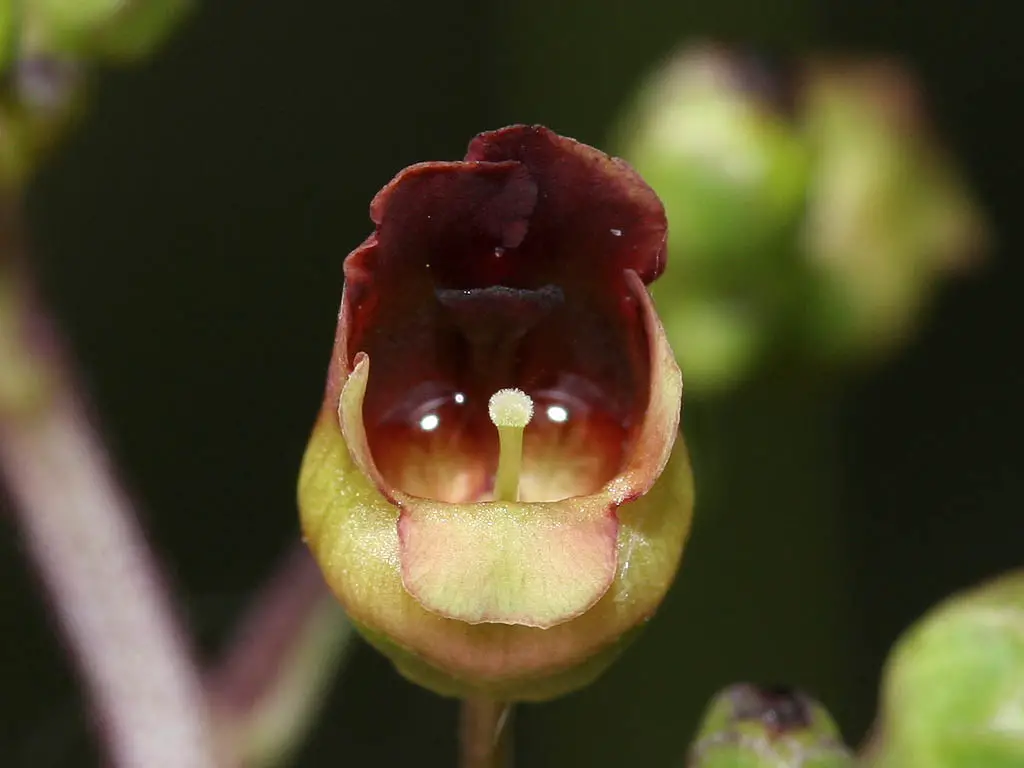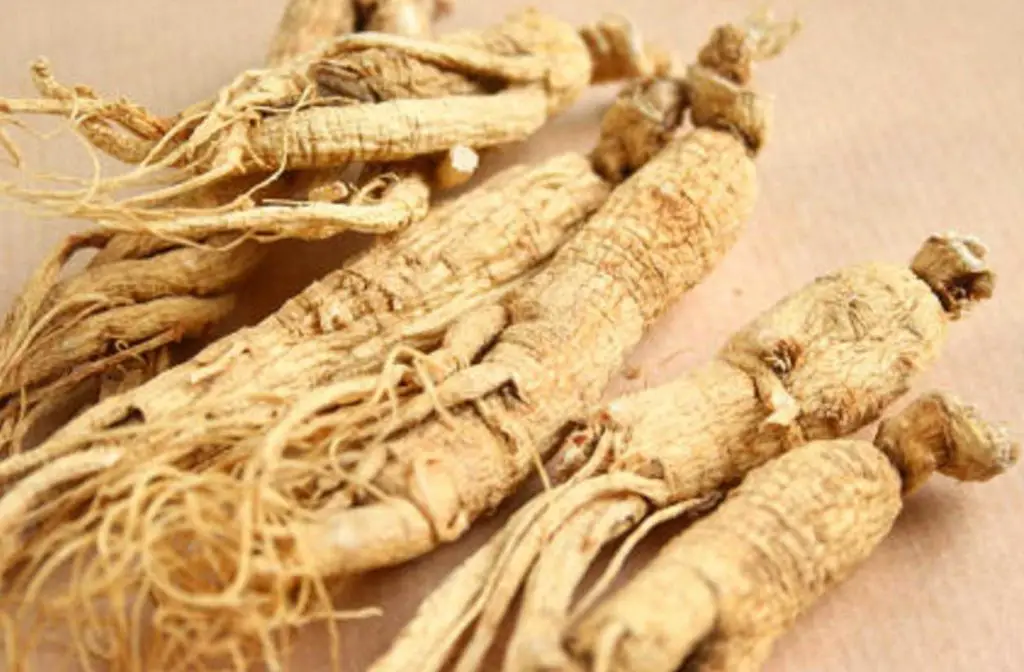What is Tejocote?
You will find the plant Tejocote under many different names. It is called Mexican Hawthorn in English. In Spanish it is called Raiz de tegjocote, Manzanita, Manzana de Indias, and Tejocotera. Finally, its scientific name in Latin is Crataegus Mexicana. The name Tejocote apparently originated from the Nahuatl language, where tetl means stone and xócotl means fruit. Thus, the original name translates into English as stone fruit (or hard fruit)
Tejocote is native to Mexico and Central America. It is a thorny tree that sheds its leaves. Tejocote usually groups to around 20-25 ft. high. The leaves of the Tejocote are oval or diamond shaped and grow to between 4 and 8 centimeters long. When it flowers, the tree creates bunches of flowers that start out white and turn to pink or red as they age.
The fruit that is produced from the Tejocote tree looks like a small apple. It is oblong shaped and ranges in color from orange to red. The fruits are seasonal and are only available to be harvested in the fall. It is no wonder, then, that one of the English names for the plant is Mexican Wild Crabapple. In many ways—shape, texture, and flavor—the fruit of the Tejocote tree is extremely similar to those other plants.

Usually only the root of the Tejocote is used for medicinal reasons. However, depending on the product you use, there could be other plants in the mixture. Also, in traditional Mexican medicine, Tejocote fruits are used to treat a variety of problems as well.
The fruit of the Tejocote tree is used as a food in Mexico, both as a drink (the traditional beverage made with Tejocote is called ponche). The fruit can also be eaten fresh or in jams, jellys, and candys. It is said to taste like a slightly bitter apple. The root is not used in any culinary preparation.
The tree and its fruit are often used for ornamental, not culinary or medicinal, purposes.
One final thing to keep in mind when considering using Tejocote, is that there are fourteen different species of the plant that have the same name. These species nutrient make-up vary greatly, and there is no way of knowing which version of Tejocote you are purchasing because they all fall under the same label. This can make quality control and studies on the fruit and root of the Tejocote quite hard, which explains why there are so few in the scientific literature.
Tejocote Benefits, and Uses
There has not been much research done on the medicinal properties of the Tejocote root and fruit. However, many companies make impressive claims about the healing power of this little fruit. Below, we’ve listed the most common benefits and uses of Tejocote and discussed the research and anecdotal evidence for each category.
Weight Loss
The major stated benefit of Tejocote is its ability to help in weight loss efforts. In fact, the company Alipotec Tejocote specializes in selling capsules of Tejocote root as a weight loss supplement.
There seems to be no research that confirms the many extravagant weight loss claims of the companies listed above. In fact, the only evidence to confirm any sort of weight loss benefits from the plant are anecdotal.
The available anecdotal evidence does seem to suggest that the plant can cause weight loss. However, that weight loss likely comes from the diuretic properties of Tejocote. This could make Tejocote unsafe to use long-term, as diuretics are not a good long-term weight solution since they can strip your body of potassium, sodium, and hydration.

Antioxidant
One of the few benefits of Tejocote that has been widely studied is its high volume of antioxidants. A 2013 study found that Tejocote has a high level of phenolic compounds and Vitamin C. These elements were even more present in Tejocote than in other Crataegus fruits. Phenols are one of the biggest antioxidants in food. The healing properties associated with Tejocote make sense when you understand what a high concentration of phenol compounds they possess.
In addition to the 2013 study, a 2011 study also found a high concentration of flavonoids in the flowers of the Tejocote. Flavonoids are an important antioxidant. They, along with the Vitamin C and phenolic compounds found in the 2013 study, help provide an anti-inflammatory response in the body and can improve the immune system.
Constipation
There are not many studies that support the claim that Tejocote clears up constipation; however, one study from 1994 published in the Instituto Nacional Indigenista does examine the diuretic properties of Tejocote as well as crataegus stipulosa and crataegus nelson. For this study an infusion of the leaf, flowers, roots, and bark was used. The infusion also seems to treat urinary tract and kidney problems.
Anecdotes also mention the diuretic properties of Tejocote. It is actually this function that many assume causes the weight loss associated with the plant. See our discussion above on Tejocote and weight loss for more information.
Cough
The 1994 study did not only find that Tejocote could treat constipation. They also name respiratory problems like respiratory tract diseases, coughs, bronchitis, pneumonia, chest congestion, and chest pain as possible uses for the plant. In this case it was the boiled fruit of the Tejocote plant that produced the desired effects. It is likely the plants antispasmodic properties that helps to reduce coughing and irritation in your throat.
Diabetes
Two studies, 2002 and 2005, found that Tejocote has hypoglycemic properties and can potentially treat diabetes. The hypoglycemic effect of Tejocote was most useful during the early stages of diabetes. However, in the 2005 study that described this effect, Tejocote was just one of 306 species of Mexican plant examined in relation to diabetes treatment.
Similarly, the 2002 study cited as showing the way Tejocote can be used as a treatment for diabetes also examined a wide variety of other possible medical uses of the plant. While not a bad thing, this does indicate that more studies need to be done on the link between Tejocote and diabetes treatments.
Heart Conditions
Traditionally, Tejocote has been used to prevent and treat heart conditions. This is a common use of Hawthorns or Crataegus, the genus that Tejocote falls into. The fruits of other hawthorns like Crataegus aronia, Crataegus cuneate, Crataegus monogyna, Crataegus oxycantha, Crataegus aronica, Crataegus phaenopyrum, Crataegus ambigua, Crataegus tanacetifolla, and Crataegus meyerl have been studied for their ability to treat cardiovascular diseases.
Tejocote has not played a specific role in these studies. However, because it is a Hawthorne, it stands to reason that it would have a similar effect on the heart. There is also some evidence—most of it anecdotal—that suggests that Tejocote can prevent cardiovascular problems when taken regularly. Yet, some studies show the promise of Tejocote as a treatment for class II congestive heart failure.
Tejocote Dosage
Because Tejocote has been studied very little by the scientific community, there is little dosage information. The company Alipotec Tejocote—the main seller of the product—claims that you should take micodoses of Tejocote root every three days.
The microdose of Alipotec’s product is in capsule form, which you should take with a large glass of water. You should make sure to drink at least right full glasses of water per day when you take Tejocote. Always make sure to use Tejocote in the way described on the package.
In addition to the root, Tejocote fruit is also often used to treat various medical conditions. If you are using the fruit to treat a cough or flu, then you should buy it in cough syrup or tea form. You can purchase tea packets from Herbal Solutions. You could also buy Tejocote fruits in syrup and sip on the syrup to alleviate your cough. there is no information on how much you need to drink to create the desired results.
Tejocote Side Effects, Safety, Dangers and Warnings
Tejocote has not been studied enough to be medically certain that it does not cause side effects and is safe for all users. However, anecdotal evidence seems to show that it is safe for most people. The product is not recommended for people under twelve or over sixty-five.
Some side effects have been mentioned by sources. These include headaches, nausea, weakness, sleepiness, fatigue, cramps, and lethargy. These side effects can be reportedly eliminated by eating a banana a day. You should also not use the product on any diet program that requires fasting, as this could intensify the side effects.
Both the side effects and the safety of the substance is usually mentioned on sites that sell Tejocote, so their claims must be taken with a grain of salt. Some of the side effects they mention can be serious. So, you should take Tejocote at your own risk.
As with all new medications, we recommend discussing Tejocote with your doctor before you begin taking it. This will be especially important for pregnant or nursing mothers.

References:
https://www.ncbi.nlm.nih.gov/pubmed/25081747
https://www.sciencedirect.com/science/article/pii/S1870345313729592





Thank you…good article.
Thanks Diana,
Come back soon!
I’m 71 years old i have a very heard time losing weight everything I’ve tried hasn’t worked for me.I heard about De Tejocote root so I got me some and I just read you can’t take it if your over 65 i don’t know what to do now.
Hi Lucy,
If you bought it through Amazon they have a generous return policy. I suggest you take advantage of it!
I bought a bottle, but I don’t know if I should take it because i’m a diabetic taking metformin, Januvia, and trulicity. I know an acquaintance that was taking it and her sugar levels went high, so she had to stop taking it for a while. Therefore, I don’t know if I should take it? I need your expertise advice!
Hi Mary,
I probably wouldn’t take it as it might clash with the medicines your taking. You can always check with your doctor!
I have lupus,fibromyalgia and diabetes and take lots of meds and I take it I’m fine but I recommend you take it every other day since it makes you use the bathroom like 5 times a day
I have taken for about a year also take all of the above meds and I have been fine lost 75 lbs and went down 12 sizes and feel great. I have had no problems maybe it is on individual basis
I have high blood pressure and i don’t know if i should take it ?
I wouldn’t without asking your doctor.
Im 23 and have problems with fat storing only in my stomach.. will it help burn the fat in my stomach?
You cannot “pick” where fat loss occurs. It’s different for all of us but your stomach might be the last place you lose fat. It might help you burn fat in general but not specifically “in the stomach”.
Yes. it did for me. In May 2019 I was 182 In December 2019 I am now 152. All I did was stop drinking soda. That’s all I changed I didn’t change any of the foods I ate not even my chips. In the 3 month I found that it was moving the fat on my lower tummy I wish I would have taken pictures. It is amazing the changes in my body. Amazing
How long you been on it
I love the tejocote. I’ve lost 40 lbs since February taking it. It is excellent for inflammation and controlling my appetite. Diet and exercise alone did not give me these amazing results.
Glad to hear Jaimie!
Hi Darcy , I’m a 63 year old female ,I started taking this natural root since mid february ,and yes you have to replace your potassium intake such as avocados,bananas,tomatoes,and drink plenty of water etc,but I have lost 26 pounds and my blood pressure has gone down and i’m feeling good,of course it may not be for everyone as suggested. Just slow and steady for me.
I took 1 “pill” looked like a piece of orangish dried plant part. It gave me diarrhea. Is it known to do this? Sissy
I have seen some people report diarrhea as a potential side effect, yes.
Yes, thats the toxins and fat coming out of your body. But in the 2 or 3 month that will stop.
I have taken it and though I DO LOSE WEIGHT but I also have the low potassium symptoms, drained energy and weakness so I use it off and on.
My cousin has had extremely successful weight loss with minimal side effects. She is Careful of supplementing with potassium and drinks a lot of water while taking it. She lost 35 pounds in less than four months and has kept it off.
I know everyone is different but when do you start to see your body change and yes it makes me go to the bathroom lots of times a day
Why can’t you take it over the age of 65? I’m 66!
Hi Connie,
There is really only one manufacturer of Tejocte for commercial purposes and that is their recommendation! Follow up with them!
My girlfriend was taking this daily and she had many accidents from the frequent diarrhea she would have. She did lose 9 lbs though.
Can blood work come elevated by taking tejocote root?
I’m going to try it , recommendations on which bottle to take from the ladies its worked on
IM GOING TO TRY IT JUST ORDERED MY 2 SPECIAL BOTTLES THROUGH AMAZON I DID GET TRY SOME AS A SAMPLE FROM A FRIEND IT MADE ME POOP RIGHT AWAY I DO TAKE METAFORMIN ALSO AND FOR MY SUGAR BUT I HAVE READ IT HELPS CONTROL IT SO IM EXCITED IM WANTING TO GET WHERE I DONT HAVE TO TAKE ALL THESES MEDICATION I WANT A HEALTHY LIFE AND THIS IS NATURAL SO IM FOR IT AND GIVING IT A CHANCE WISH ME LUCK ILL KEEP YALL POSTED.
It’s worked for me. I’ve lost 60 pounds!!!
Congratulations on your losing weight. How long did it take you to lose 60 pounds.
Thanks
Concerning the hawthorn ROOT :
My husband lost 50 lbs. A friend lost 50 lbs. I lost 20 lbs., and my daughter lost 120 pounds!!!
Yes, you have diarrhea for awhile at the beginning. But it seems to go away.
None of us changed our diets, but it seems to really reduce your appetite.
I have been taking Tejocote for 6 weeks and have not seen any weight loss, do you have any suggestions for me. And did you take one piece of root a day or two? The only thing that I have not been doing is eating a banana or avacado which I have read in other comments.
In 3 years i have lost 85 lbs and feel great.